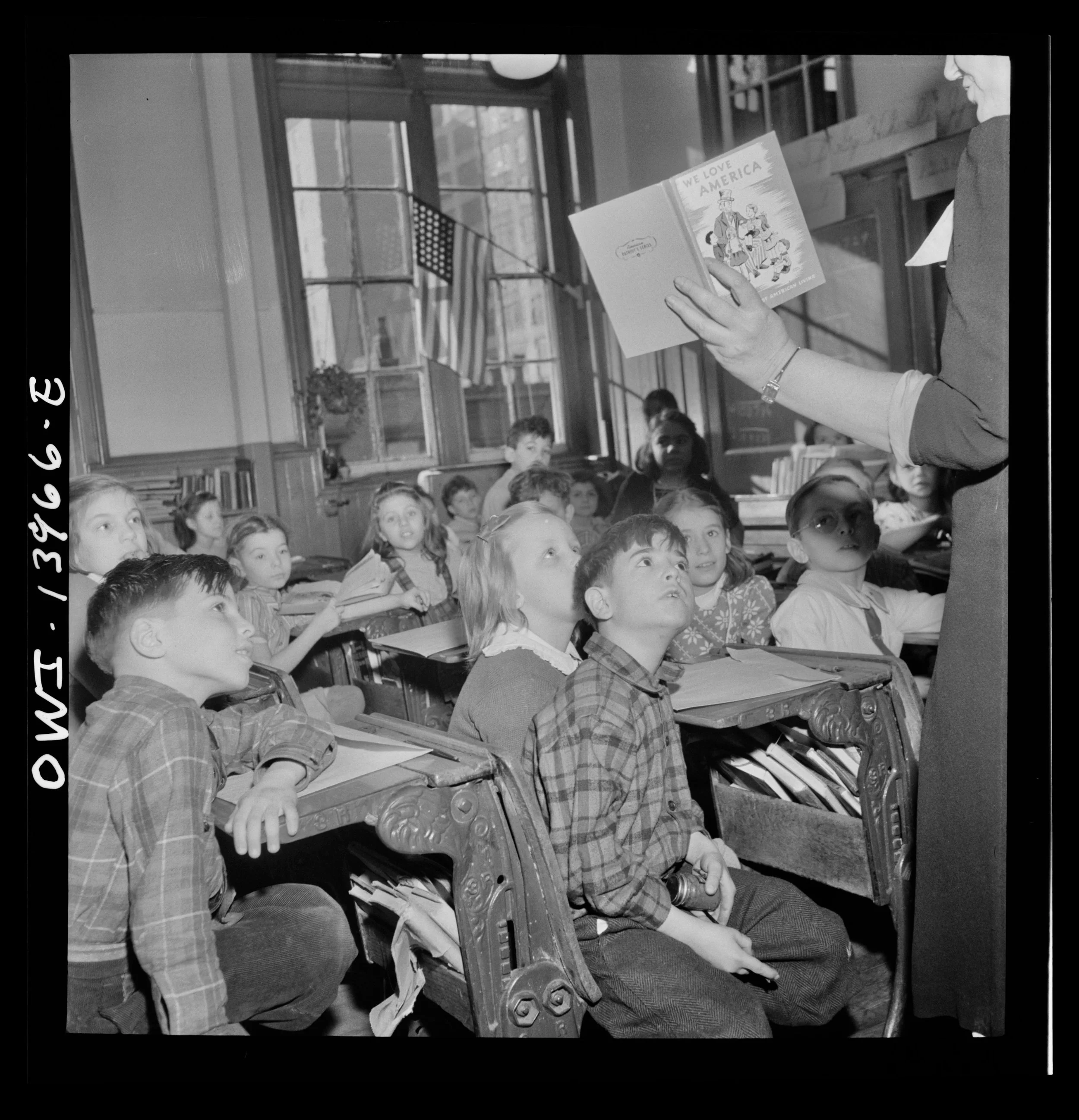Building History
Hudson Square: Charlton-King-Vandam Historic District
On March 8, 1966 the Landmarks Preservation Committee held a public hearing on the proposed designation of the Charlton-King-VandamHistoric District. (Re-named Hudson Square in 2021)
The proposed district, which was approved by an overwhelming majority, has always been a distinct and separate neighborhood. Charlton, King, Vandam (and the western corner of Macdougal Street) are not only linked physically, but by a common history.
The old houses on these streets are all that remain of a city plan mapped out in 1797 and developed between the years of 1820 and 1829. The boundaries of this neighborhood were, originally, from the Hudson River (then at Greenwich Street) to Macdougal Street and from Vandam to King Streets. This small enclave was developed from one large country estate, by the great real estate developer of the day, John Jacob Astor.
The Early History:
The estate was the site, in the late Eighteenth Century, of one of the most beautiful mansions in Manhattan, the famous “Richmond Hill.” This Georgian house was built in 1767. It sat on a hill four hundred feet high, surrounded by gardens, meadows and forest, all with an impressive view of the Hudson. During the Revolutionary War, George Washington used it as his headquarters. Later, it became the Vice-Presidential mansion for John Adams, when New York was the capitol. Aaron Burr, who bought it in 1797, used it for his famously lavish parties, and as a base to further his political aspirations. Unfortunately for Burr, his ambitions came to an abrupt halt after his duel with Alexander Hamilton. Burr was forced to leave the city, and his estate was taken over by Astor, with one provision; that he had the right to buy back the house anytime within 20 years. Burr never exercised this option and in 1817 Astor paid him off and the development of the property proceeded. Most of homes on King and Charlton were built in the mid-1820s; the remaining property, including the western edge of Macdougal, was developed in the mid-1840s.
Lawyers, builders and merchants, mostly involved in shipping and food wholesale markets, originally settled the neighborhood. Many of the homes were kept in the same family for generations who resisted the temptation to “modernize” as was the fad in the early 1920’s. As a result, this area composes a neighborhood of rare architectural merit and historical value. It contains what is probably the longest row of Federal and early Greek Revival houses in the city. The excellent state of preservation is not known to exist anywhere else, including Greenwich Village and Brooklyn Heights.
